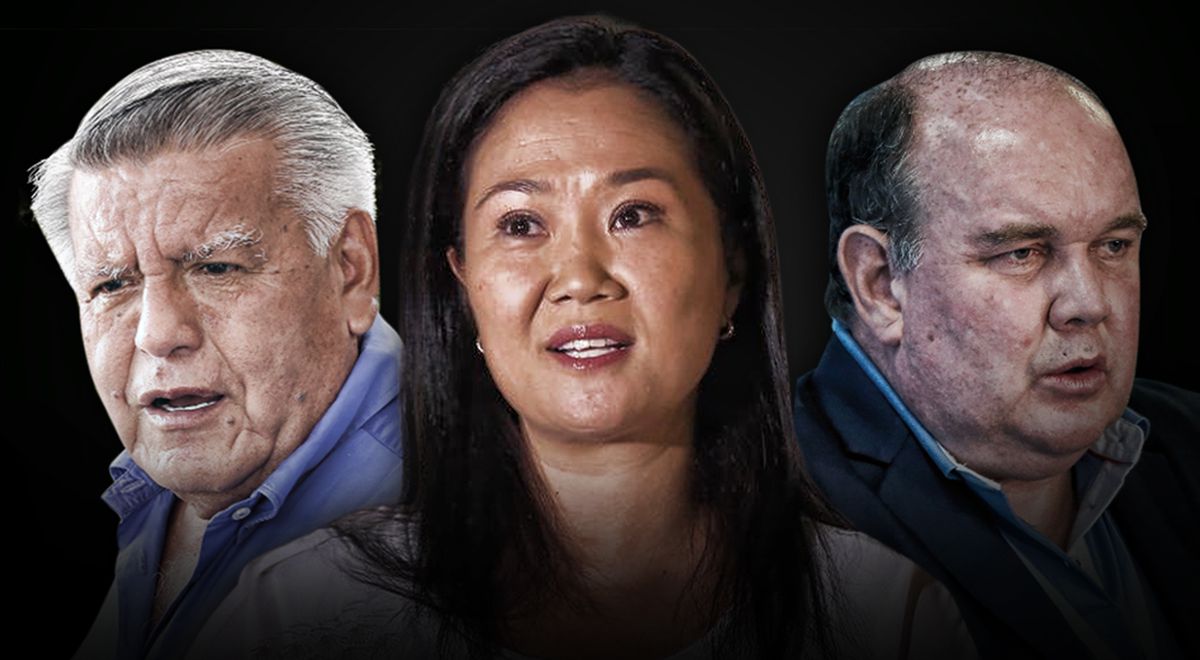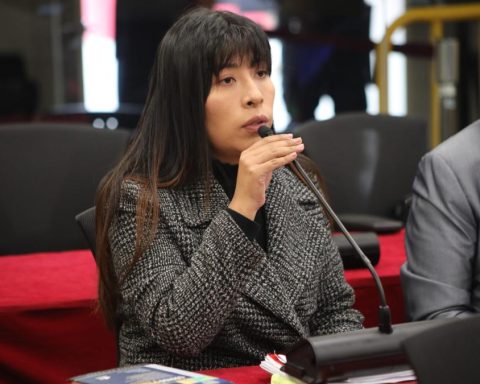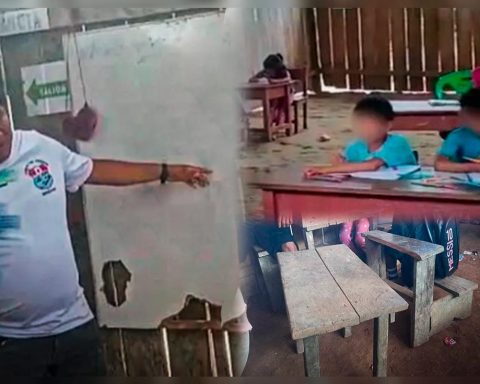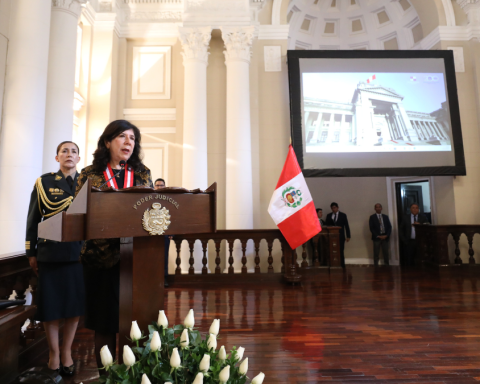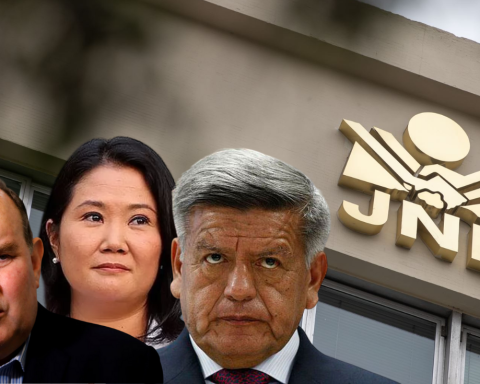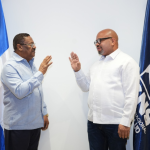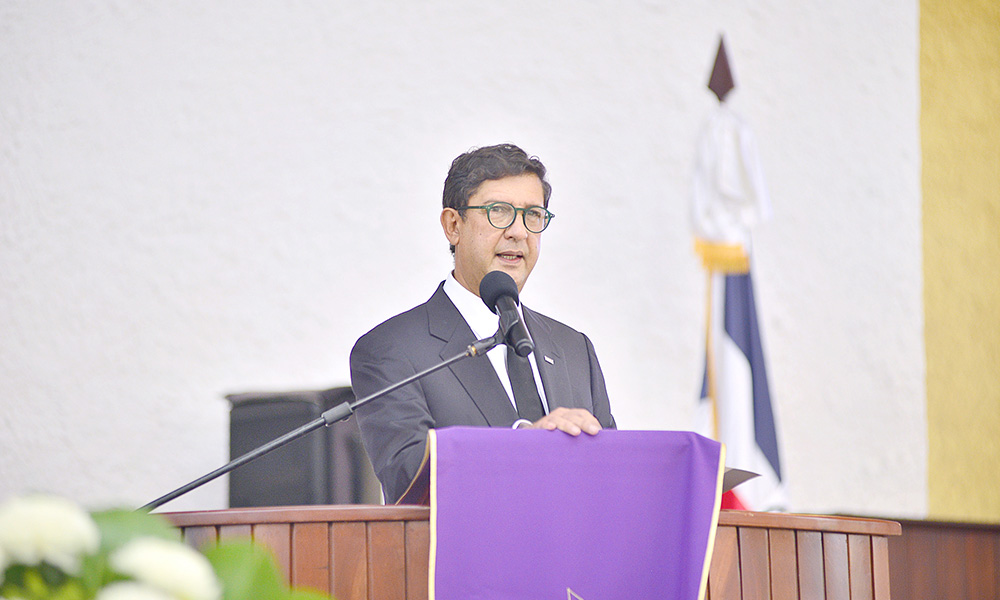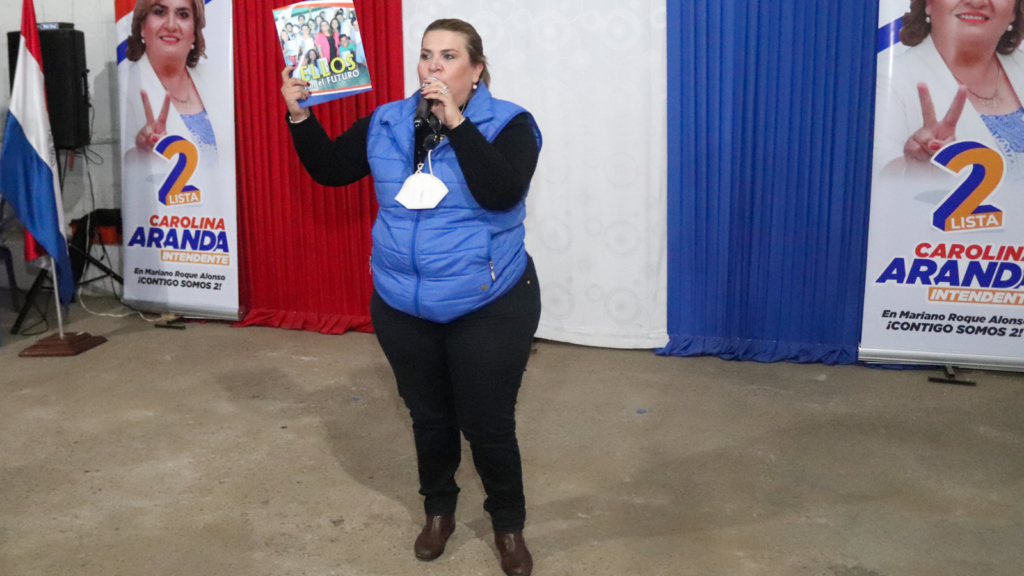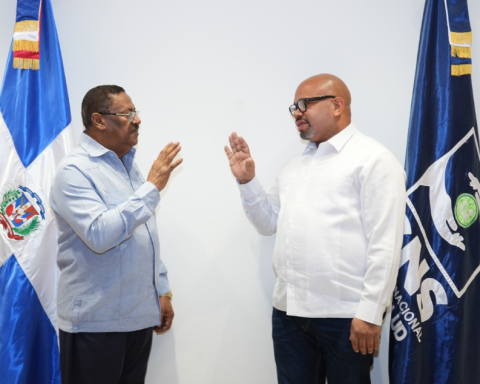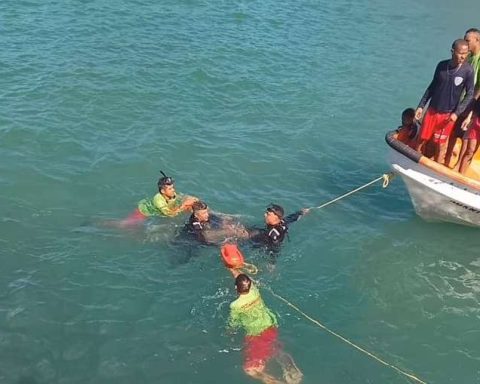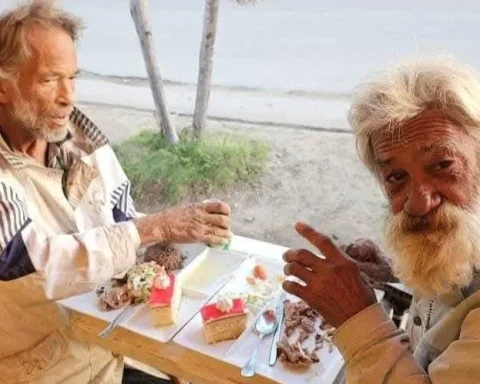Former presidential candidates César Acuña, Keiko Fujimori and Rafael López Aliaga are the political leaders who have the most negative image than others who competed with them in the last general election, as shown by the last poll of national representation of the Institute of Peruvian Studies (IEP), an investigation carried out for the newspaper La República.
The study consulted the population from Monday, January 24 to Thursday, January 27, and has margins of error of 2.8 points above and below each result at the national level.
About, 71% of Peruvians have a negative image of Acuña, president of the Alliance for Progress party (APP), one of the main political forces in Congress: with 15 legislators, it ties with Popular Action as the third largest.
YOU CAN SEE: César Acuña: Temporarily shelved Chavimochic case against former governor
This negative perception of Acuña is more widespread among the more affluent, those cataloged in socioeconomic levels A and B.
In addition, 69% of citizens have a negative image of Keiko Fujimori, president of Fuerza Popular, which has the second largest bench in the Legislative Power.
That unfavorable appreciation towards the heiress of Fujimori it is more evident among those consulted from the southern provinces of our country.
YOU CAN SEE: The time that Barata pointed to Repsol as a company “with the capacity to contribute” to Fujimorism
For its part, 64% of the national population has a negative perception of López Aliaga, head of the Popular Renovation party, sixth political force in the current Parliament.
This negative opinion about the businessman and conservative politician it is more recurrent among those who identify ideologically with the left.
This former presidential candidate, nicknamed Porky among his followers, now he aspires to be the next mayor of metropolitan Lima, to be elected in elections in October this year.
YOU CAN SEE: Cusco: addendum in favor of López Aliaga’s company plagued with vices
These three leaders Acuña, Fujimori and López Aliaga are the politicians about whom the most Peruvians have a negative image, compared to the other former applicants who exceeded 5% of the vote in the first round of the presidential elections last year.
Follow them in these negative perceptions George Forsyth, about whom 56% have this unfavorable image; Daniel Urresti, with 56%; Veronika Mendoza, with 56%; Hernando de Soto, with 54%; and Yonhy Lescano, with 52%.
Forsyth and Urresti also point to the mayor of Lima for this year’s elections.
YOU CAN SEE: They appeal the filing of a complaint against Urresti for rape of a witness in the Bustíos case
Mendoza leads the leftist block allied to the Government with Together for Peru (JP). your party, New Peru, has not been able to register in the National Elections Jury (JNE), requirement to present candidates in various elections.
De Soto prepares his own political project after resigning from the Avanza País party, with whom he ran for president.
Lescano leads a wing of People’s Action, one of the determining forces in Congress.
YOU CAN SEE: Lescano: Congress approved law with its own name to shield Constitution made in dictatorship
positive image
The political leaders with the most positive image of the citizenry are Mendoza, Lescano, Urresti, Forsyth and De Soto, but they are far from having the favorable perception of the majority of Peruvians: only about a third actually benefit them.
Approximately 35% of citizens have a positive image of Mendoza.
This perception is more widespread in the provinces of central Peru, in rural areas of the country and among the poorest, those classified in socioeconomic levels D and E.
According to the study, Forsyth’s image declines in the central provinces and in rural areas. Photo: The Republic
YOU CAN SEE: Mendoza on Guillén’s resignation: “President Castillo, the country deserves an explanation”
about Lescano, 34% of the population sees it positively.
This appreciation appears more common among men.
Also 34% have a positive perception of Urresti.
This opinion is more recurrent among men and those who consider themselves right-wing.
YOU CAN SEE: 77% of Peruvians believe that Repsol is responsible for the spill, according to IEP
Likewise, 33% of citizens have a positive image of Forsyth, somewhat less frequent in the central provinces and in rural areas.
While, 30% perceive De Soto positively, a more widespread opinion among the better off (levels A and B) and in metropolitan Lima.
In the north, the most favored are Lescano, Mendoza and Forsyth, in that order among those surveyed. In the south, the leftist, the actionist and Forsyth. In the center, the sequence is Mendoza, Urresti and Lescano. In the east, Mendoza, Lescano and Urresti. In Lima, Urresti, De Soto and Forsyth.
